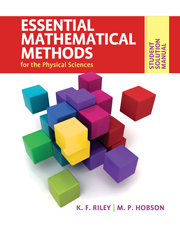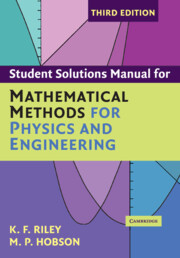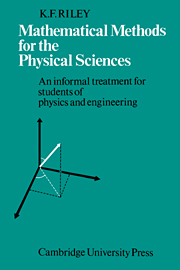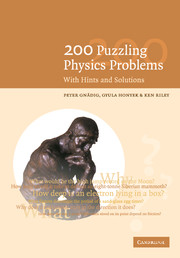Student Solution Manual for Essential Mathematical Methods for the Physical Sciences
This Student Solution Manual provides complete solutions to all the odd-numbered problems in Essential Mathematical Methods for the Physical Sciences. It takes students through each problem step-by-step, so they can clearly see how the solution is reached, and understand any mistakes in their own working. Students will learn by example how to select an appropriate method, improving their problem-solving skills.
- Complete solutions to all the odd-numbered problems in Essential Mathematical Methods for the Physical Sciences
- Students will learn how to select an appropriate method and improve their problem-solving skills
- Problems are worked through step-by-step, so students can clearly see how the solution is reached
Reviews & endorsements
'Problem solving skills can only be developed by solving problems, and here students can gorge on many stimulating problems … this book can be recommended as [a] thorough, readable, mathematical methods textbook for undergraduates on a par with the book of Boas. As Paul Dirac said 'God used beautiful mathematics in creating the world', and students will not go far wrong by beginning their journey into mathematical physics here.' C. A. Downing, Contemporary Physics
Product details
November 2010Adobe eBook Reader
9780511911170
0 pages
0kg
9 b/w illus.
This ISBN is for an eBook version which is distributed on our behalf by a third party.
Table of Contents
- 1. Matrices and vector spaces
- 2. Vector calculus
- 3. Line, surface and volume integrals
- 4. Fourier series
- 5. Integral transforms
- 6. Higher-order ODEs
- 7. Series solutions of ODEs
- 8. Eigenfunction methods
- 9. Special functions
- 10. Partial differential equations
- 11. Solution methods for PDEs
- 12. Calculus of variations
- 13. Integral equations
- 14. Complex variables
- 15. Applications of complex variables
- 16. Probability
- 17. Statistics.








